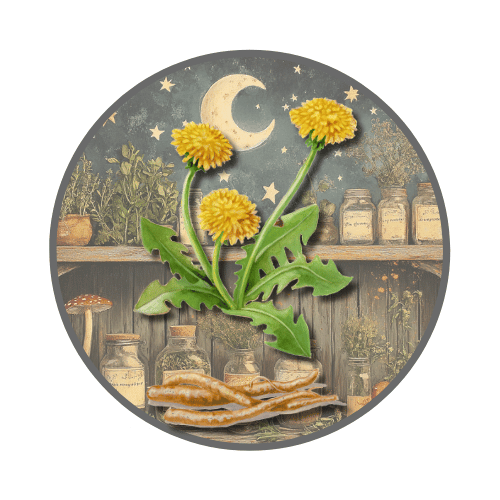Dandelions, with their roots in ancient Roman times, have long been treasured for their useful properties. Its use persisted through the Middle Ages in Europe, where it was a staple in monastic gardens and apothecaries for its health-supporting qualities. The dandelion root played a significant role in the healing practices of Native American tribes. Its medicinal properties were integrated into their spiritual and healing rituals, underscoring its profound cultural significance. Similarly, in the realm of traditional Chinese medicine, the dandelion root has been a trusted remedy for over a thousand years, known for its detoxifying properties and its role in encouraging bile production, making it a popular remedy for the liver and gallbladder.
Beyond its medicinal properties, the dandelion root is a bearer of rich symbolic meanings. Its ability to thrive in harsh conditions has elevated it to a symbol of resilience and perseverance in cultures worldwide. Blowing the seeds from a dandelion head, a familiar sight in many parts of the world during the summertime, was not just a playful childhood pastime but initially held more profound significance, hinting at its mystical nature. This act was believed to carry thoughts and wishes to loved ones or even fulfill desires, infusing our everyday lives with a touch of magic. In European folklore, the dandelion was revered as a plant of prophecy and spiritual insight, adding a layer of mystery to its symbolism.
Today, the dandelion root, a living link to our past, remains a vital component of herbal medicine, recognized for its antioxidant properties and role in aiding digestion and liver health. But it symbolizes so much more - it is a reminder of our connection to nature and the power of hope. So next time you see a dandelion seed head, think of a wish and blow it towards a loved one, a simple act that carries centuries of tradition and symbolism.





Leave a comment
All comments are moderated before being published.
This site is protected by hCaptcha and the hCaptcha Privacy Policy and Terms of Service apply.